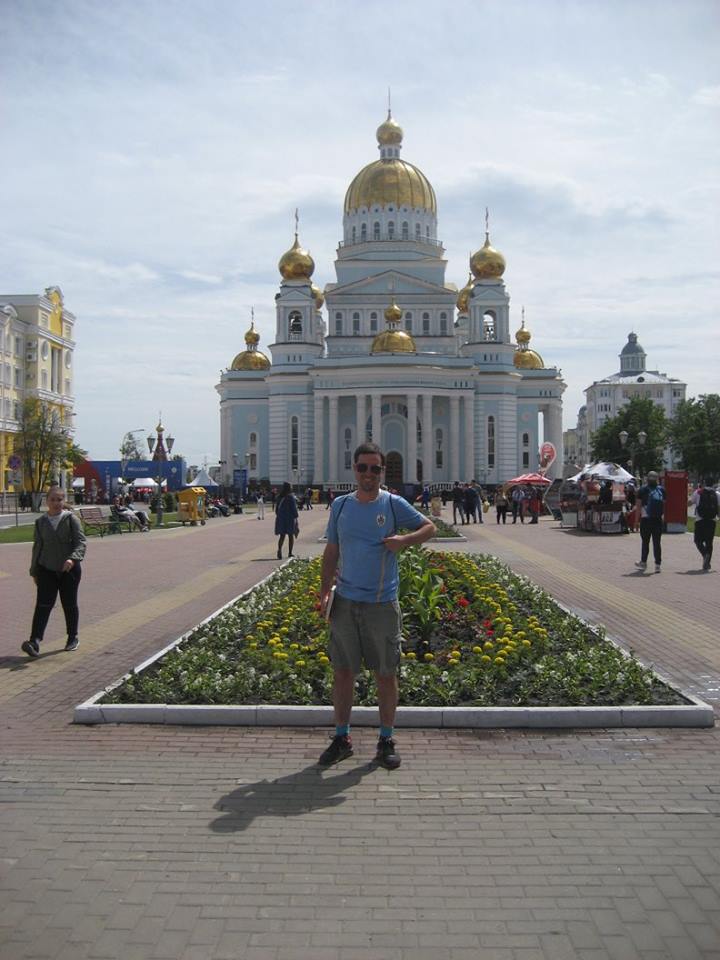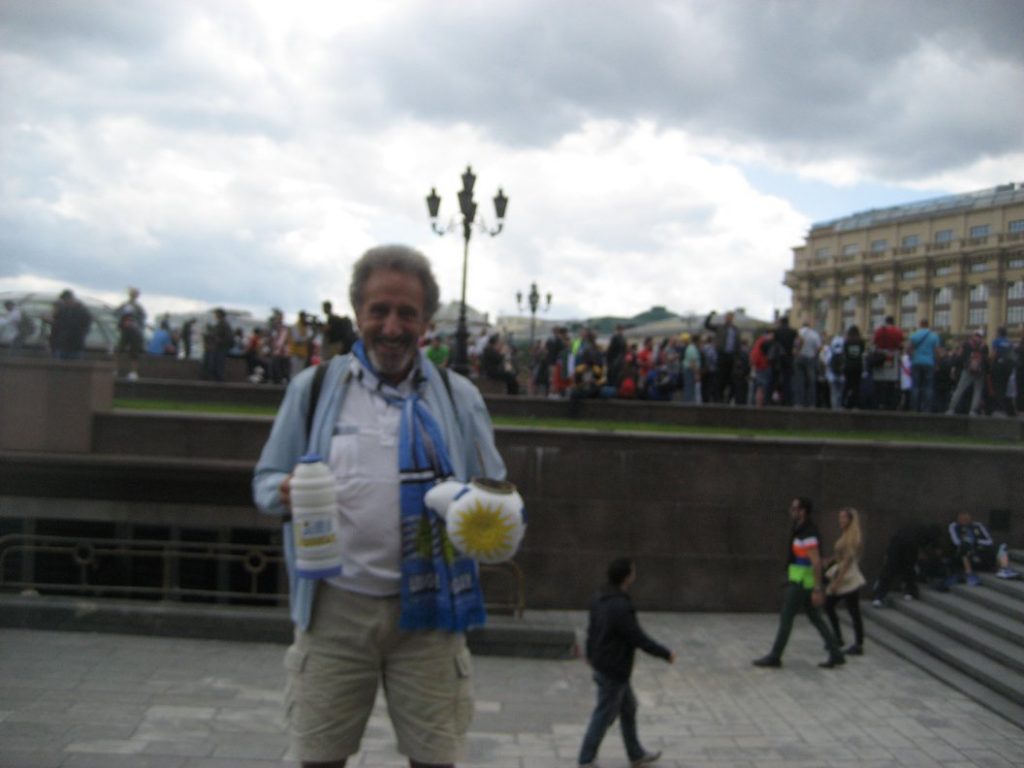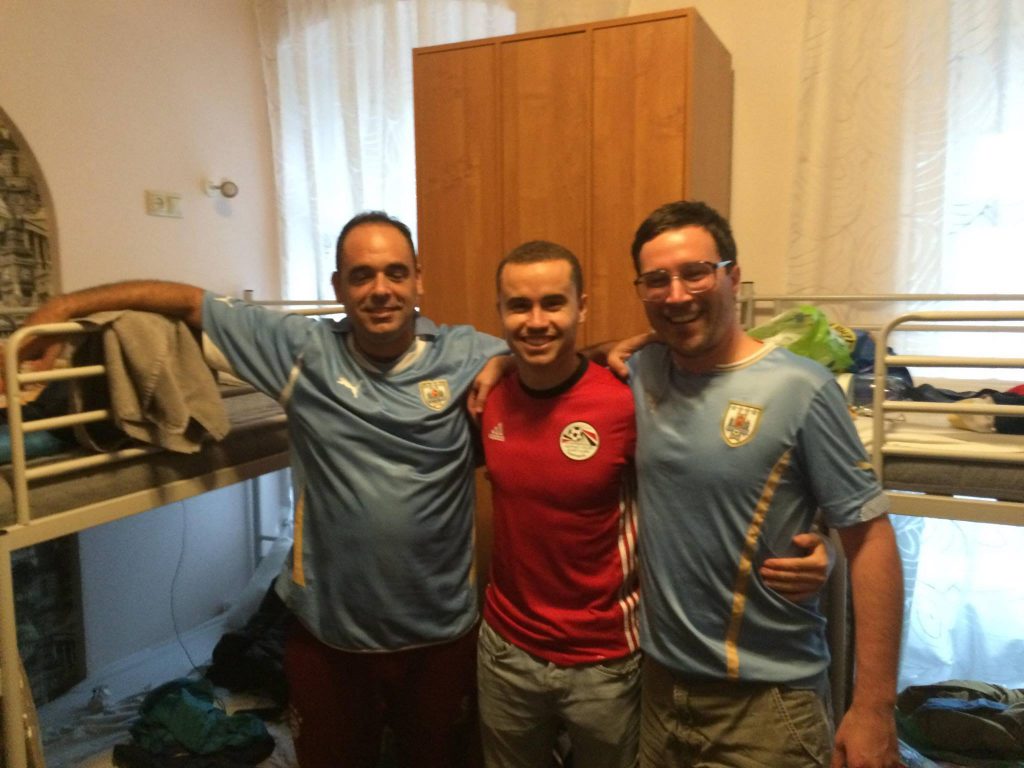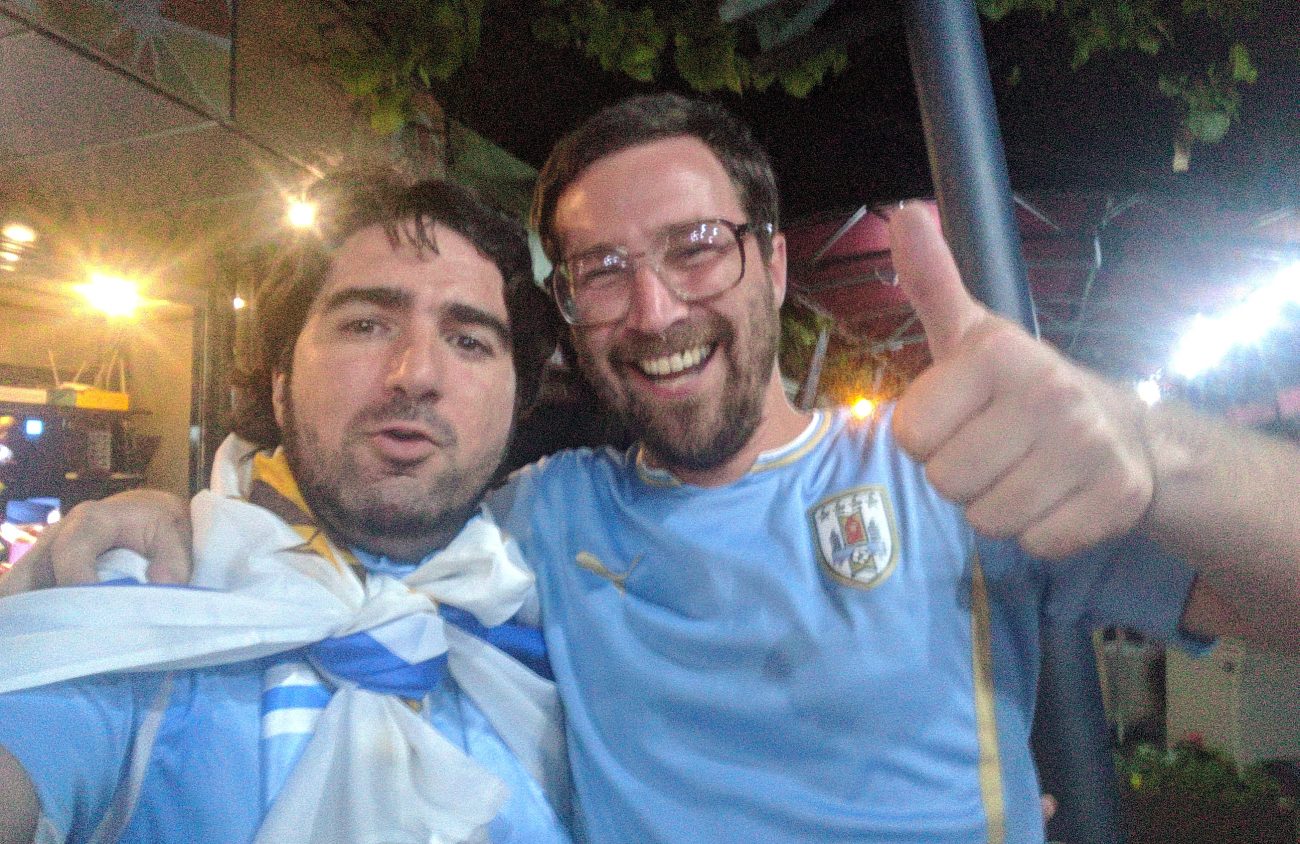One of just three teams to earn all nine possible points in the group stage, and the only team to do so without conceding a goal, Uruguay entered the knockout stage in excellent condition.
Uruguay then dispatched the current European Champion, Portugaland star striker Cristiano Ronaldo in the round of 16. Unfortunate for Uruguay, however, the striker who scored both of their goals in that match, Edinson Cavani, sustained an injury that impeded him from playing in their quarter-final match against France.
Without the double threat of Cavani and Luis Suarez up front, Uruguay didn’t have the attacking power to compensate for unusual defensive errors that led to France’s two goals — despite creating an equal number of shots (11) and just two less on target. It was a disappointing, if not devastating, loss for a country that has given so much to the world’s greatest game and expects just as much from its national team.
For those who are relatively new to (or just less fanatical about) soccer, you would be forgiven for undervaluing the history and underestimating the passion of Uruguayan soccer. The World Cup was first held in Uruguay in 1930 after Uruguay won both the 1924 and 1928 Olympics association football (soccer) tournaments.
Before South American teams first entered the Olympics’ association football tournament in 1924, Uruguayan Héctor Rivadavia Gómez had already spearheaded the formation of the world’s first continental governing body of association football (CONMEBOL Confederación Sudamericana de Fútbol) in 1916. And Uruguay has won the continental tournament organized by CONMEBOL more than any other country —15 times, compared to Argentina’s 14 or Brazil’s eight.
Just as rich as Uruguay’s soccer history is Uruguayans’ passion for the beautiful game.As Eduardo Galeano put it, Uruguay is a country “where everyone has a doctorate in the subject [of soccer].” I’m not sure what quantitative or qualitative evidence might exist to demonstrate this passion, but it’s unequivocally evident to those who have been to Uruguayan matches or conversed with Uruguayan fans, and I can share at least one piece of anecdotal evidence.
Having my bicycle stolen just hours before embarking upon a biking trip across Uruguay in 2007, I arrived to Colonia de Sacramento at roughly 4 am without a bike and nothing to do until daylight, so I began walking toward the closest small town along the route I intended to travel: Juan Lacaze.
After arriving to this city of 12,000 inhabitants, waiting until its bucolic bank opened for business, and purchasing a used bicycle from a mechanic, I found a small restaurant to finally eat something. In that restaurant, an older gentleman, Rolo, expressed some curiosity about my presence in his small community and soon enough offered (more like insisted) that I stay at his house that night so I could watch the Uruguayan under-20 team play against Brazil.
I finally gave in and accepted Rolo’s invitation. We went to his humble home where his father, children and grandchildren all resided and began making some preparations for the match viewing and, just as important, the pre-game asado (traditional Uruguayan barbeque). Then friends and neighbors started arriving, with lots of meat and lots of wine. It felt like a massive birthday party or wedding reception, just with lots of Celeste (the affectionate name for the national team derived from the sky blue color of its kits) soccer jerseys. I couldn’t believe what I was witnessing — for an under-20s soccer match.
Uruguay lost the match to Brazil, but they won a new Celeste fan. Uruguay may have lost again in the quarter-finals of this year’s World Cup, but I’m even more of a fan today than before the cup began, and I will be eternally grateful to Rolo for sharing his soccer passion and his humble home with me in Juan Lacaze. ¡Vamo arriba la Celeste!



